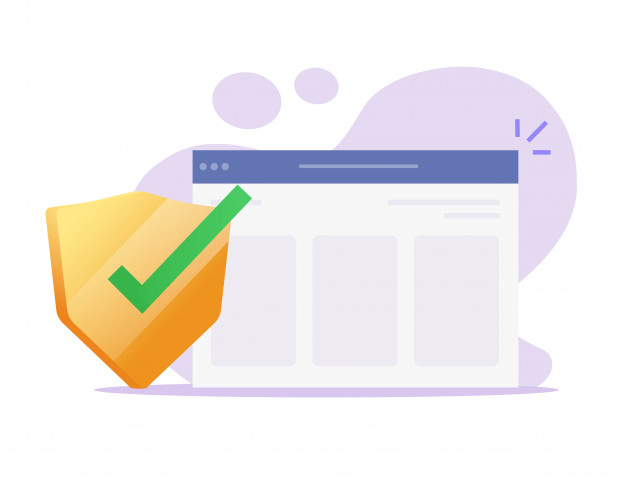Scan to Web to Scan - Why it’s important to scan web apps
If you’re running a business website, then the chances are that you’re running web apps. If that’s the case then you need to know how to protect those web apps. Here is a guide to help.
You must be able to scan web apps
For the most part, website security is more about robust processes than about expensive security tools. There are, however, some security tools you do need and one of them is a tool to scan web apps. For most SMBs, the most practical option is to get an all-in-one website vulnerability scanner.
Different vendors will have different implementations of these, but any decent product should include an anti-malware solution and web applications firewall. A robust anti-malware solution should be able to scan web apps but it’s advisable to double-check just to be on the safe side.

Your firewall is important too
Your anti-malware solution, as its name suggests, scans for malware. Your firewall scans for malicious traffic. Malware scanning is based on universal malware signatures. In other words, your vendor works to identify new forms of malware as they emerge and create a description of them, which is known as a signature. This tells your anti-malware scanner what to check and what to do if it finds a problem. This means that, as far as malware scanning is concerned, the onus is on your vendor to do their job properly.
Firewall scanning, by contrast, tends to involve a combination of scanning for universal threats (or traffic which is universally recognized as safe) and scanning based on the unique parameters of your website traffic. For example, some businesses may receive significant quantities of legitimate traffic from countries that other companies would block as being high-risk. It all depends on your customer base.
When looking at customizing your firewall, it’s advisable to think about recognizing traffic you know to be safe as well as blacklisting traffic you know or believe to be dangerous. In particular, it’s highly recommended to whitelist the bots used by the search engines. That will eliminate the risk of you blocking these bots as part of a response to a DDoS attack.
Your firewall will play a key role in protecting your web apps from DDoS attacks. It may, however, not have the necessary power to deal with them on its own. For this reason, you may wish to consider signing up for a DDoS mitigation service. These operate in a similar way to firewalls, but they are optimized for DDoS and only activate when a DDoS attack is detected.
It’s also worth noting that the more bandwidth you have (and the more frequently you ping your server), the more chance you have to prevent a DDoS attack from reaching a critical point.
Your local computers and mobile devices need protection too
Even if you’re not falling into the trap of storing key login credentials on local computers and mobile devices, you will still be using them to log into your website. In fact, you’ll probably also be using them to log into other important accounts such as your domain account, your hosting account, and your database. This means that compromising them could provide a route for hackers to obtain vital credentials.
For this reason, you need to protect all local computers and mobile devices with a robust anti-malware solution (including an integrated firewall). If you have remote and/or mobile users, then you also need a VPN.
You must keep all software regularly updated to protect Web App
The only time anti-malware products work in place of software updates is for zero-day attacks for which there is no patch currently available. The rest of the time, they work on the assumption that all your software is up-to-date.
You must stay on top of software updates since outdated software is a major security vulnerability. This is particularly true of open-source software (like the major content management systems used on the internet). The reason for this is that it is so easy for cyberattackers to inform themselves of the vulnerabilities in it. If you know that you have issues applying software updates promptly then you either need to address those issues or hire a third-party vendor to take care of the process for you.
You need to change all default software settings
On a similar note, it’s advisable to update the default settings on any software and it’s particularly important with open-source software. Again, this is because it’s so easy for malicious actors to inform themselves of default settings and default passwords.
Please click here now to have your website scanned, for free, by cWatch from Comodo. The above article will provide you a detailed information about “Why it’s important to scan web apps?”





